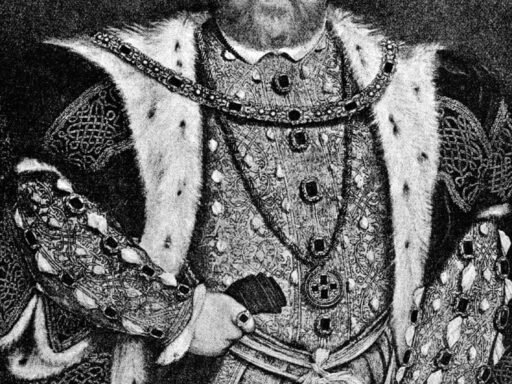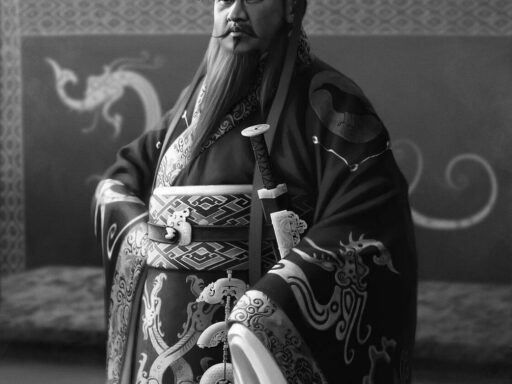Medieval pants, known as hose, functioned as leg coverings evolving significantly from early simple stockings to fitted garments fastened to the waist and featuring codpieces for coverage and fashion.
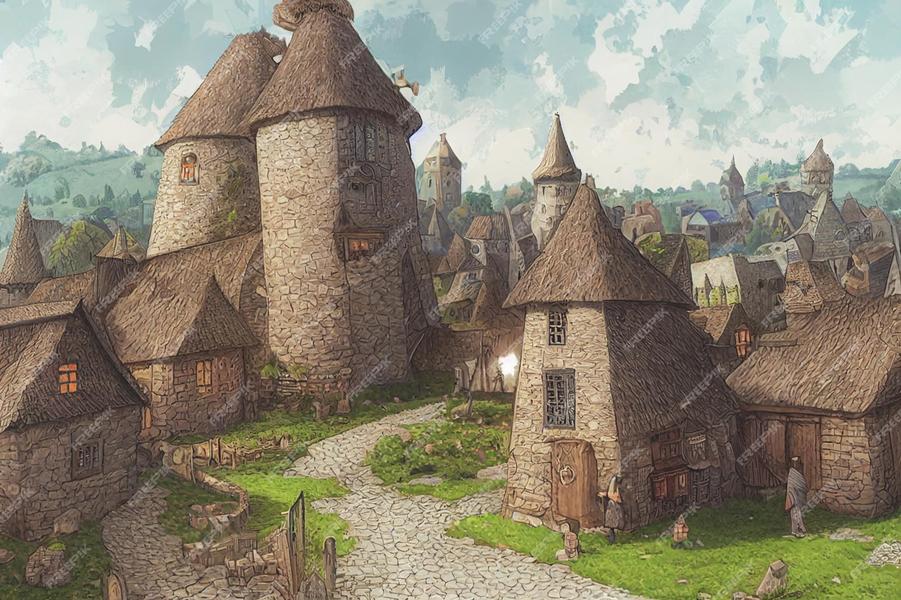
Initially, hose in the Middle Ages were like very long socks rather than trousers. Early on, men wore separate stockings held up by garters along with loincloths. These stockings did not cover the upper thighs or hips. Visual records from the early 15th century, such as Duke of Berry’s Les Très Riches Heures, show laborers with hose rolled down and loincloths visible underneath.
Hose were made from woven fabric cut on the bias, a diagonal cut to the weave. This technique gave the fabric some stretch without elastic, allowing hose to fit closely to the leg. As men’s upper garments shortened during the mid-fourteenth century, hose extended further up to the hips for greater coverage.
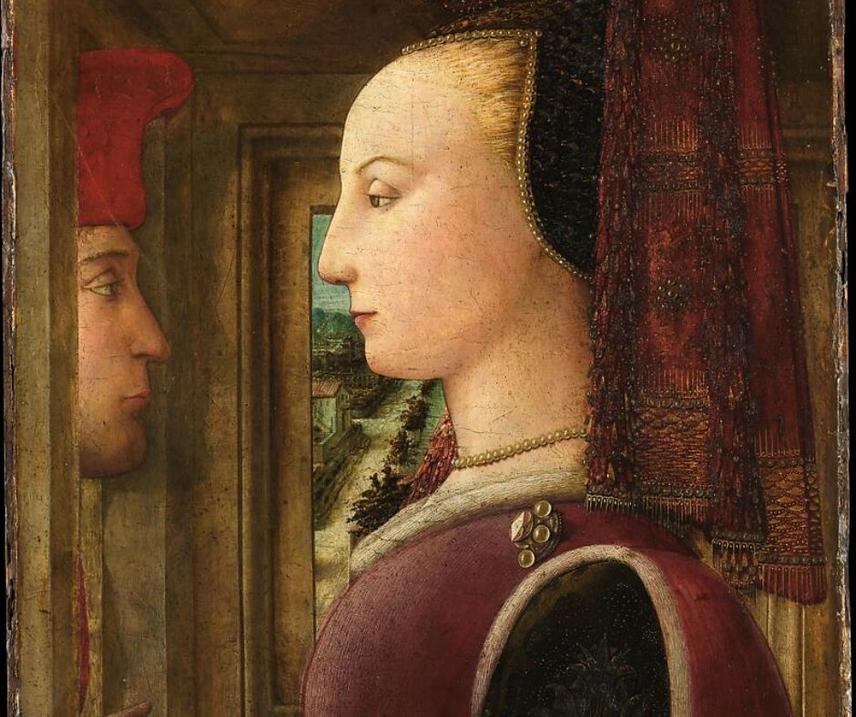
The hose of this period fastened at the hips with small ties attaching to the doublet (a fitted jacket). Unlike modern pants, the front of the hose remained open. To cover this opening, a flap was laced to the doublet’s waist, evolving into the codpiece. The codpiece served both practical and decorative roles, sometimes padded for emphasis. Late 15th and early 16th centuries saw codpieces grow considerably in size, turning into a distinct fashion statement.
During this time, hose became divided into two parts: the upper hose covering the thighs and hips, and the nether hose (or lower hose), which were essentially stockings held up by garters again. The upper hose varied in fullness according to fashion trends, but the codpiece remained central to conceal the front opening. Men sometimes wore linen drawers underneath for modesty, held up with drawstrings. Some tucked their shirts directly into the hose in place of drawers.

A Tudor-Stuart English perspective reveals hose support mainly came through garters, made of fabric ribbons or decorative metal bands. Hose from this period became separated further into netherhose—stocking-like coverings reaching above the knee—and cannions covering the upper legs. Variations of breeches and trunks appeared; breeches were longer and slimmer, favored for hunting, while trunk hose were fuller and puffier, resembling “pumpkin pants.”
Poorer men and workers often wore longer skirts or tunics, as seen in various artworks from the 16th century. They layered hose and drew drawers underneath. Women did not wear pants but relied on layered skirts and hose for leg coverage and practical needs.
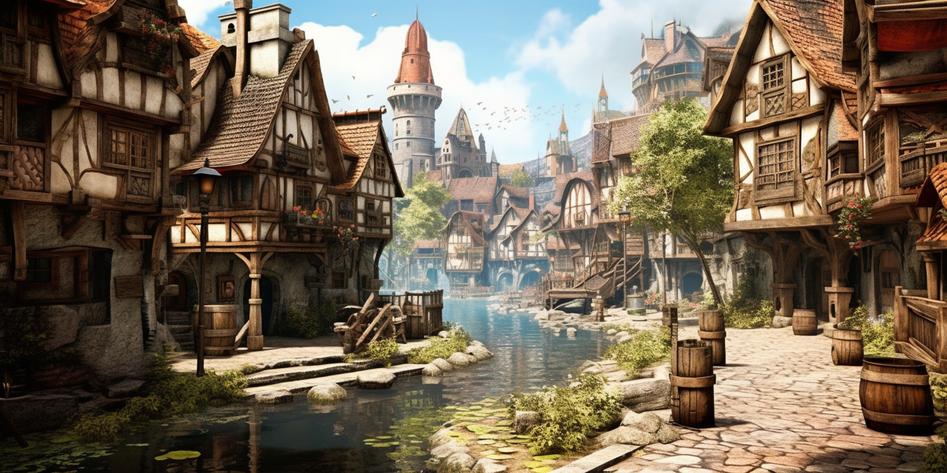
By the beginning of the 17th century, codpieces had largely disappeared from fashionable attire. Breeches replaced hose as the dominant legwear, hooking onto the doublet’s waist and fastening with buttons in front. The “fall,” a flap similar to the codpiece, reappeared in the mid-18th century, buttoning to breeches. Hose shortened, leading toward the modern split between stockings and trousers.
In the 19th century, breeches lengthened and hose shortened until trousers became standard by the 1830s. Underwear grew larger compared to earlier drawers. Footwear also changed, with more coverage at the ankle through dress boots. Men’s outerwear evolved simultaneously, transitioning from regency coats to modern suits.
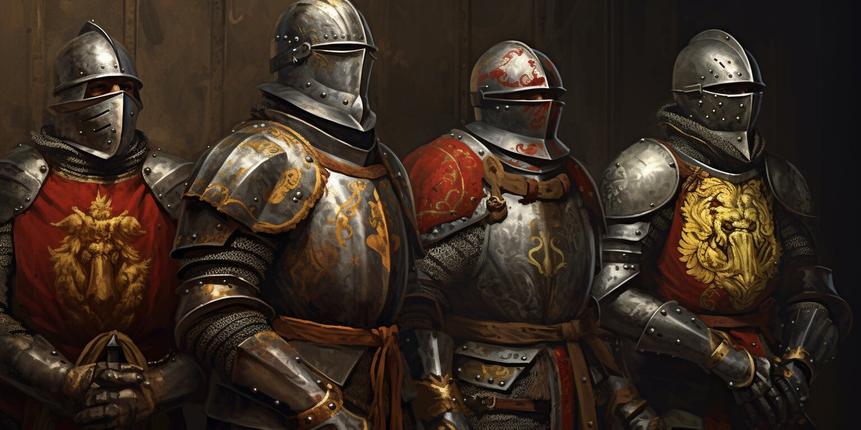
| Period | Hose Characteristics | Fastening / Coverage | Notable Features |
|---|---|---|---|
| Early Middle Ages | Separate stockings | Held by garters, worn with loincloths | No hip coverage |
| Mid-14th Century | Bias-cut woven fabric, extending to hips | Tied to doublet waist; open front | Introduction of codpiece flap |
| Late 15th – Early 16th Century | Split into upper hose and nether hose | Upper hose tight or full, nether hose stocking-like | Massive codpieces fashion |
| 17th Century | Breeches replace hose | Hooked and buttoned to doublet | Codpieces phased out |
| 19th Century | Longer breeches; trousers standard by 1830s | Buttoned and fitted pants | Modern pants emerge |
Medieval pants did not function like modern trousers but originated as long leg coverings fastened to jackets. Their design evolved alongside changes in upper garments and fashion demands. Hose coverage progressed from simple stockings to fitted pants featuring codpieces for modesty and style. Later centuries phased out codpieces, introducing breeches and eventually modern trousers.
- Hose began as separate stockings with loincloths, evolving into fitted legwear fastened to doublets.
- Bias-cut fabric allowed natural stretch without elastic.
- Codpieces covered front openings, growing as a fashion symbol before disappearing.
- Legwear split into upper and lower sections, leading to breeches and trunk hose styles.
- By the 17th century, codpieces vanished, breeches buttoned up front, and style moved toward modern pants.
- 19th century introduced trousers as known today, alongside changes in footwear and outerwear.
How Did Medieval Pants Work? A Deep Dive into Hose, Codpieces, and More
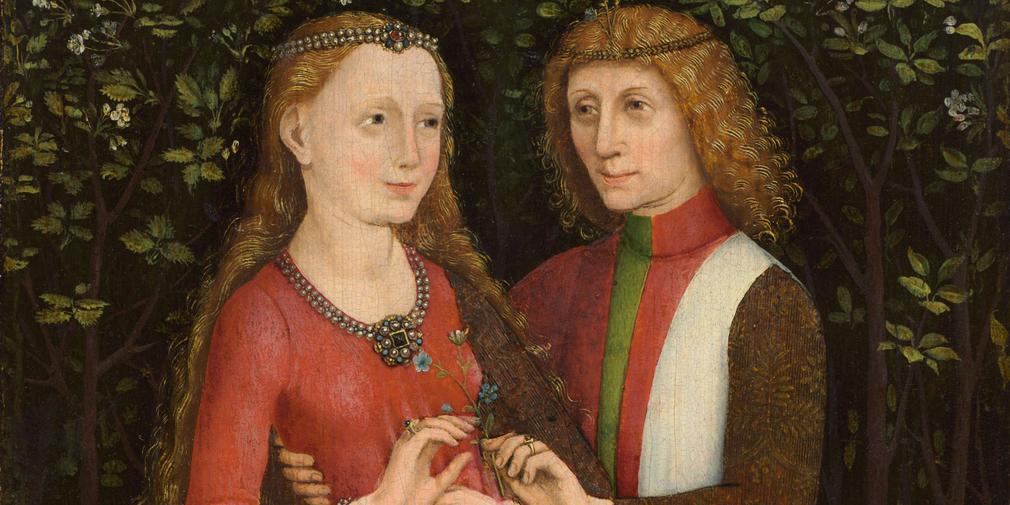
Medieval pants, commonly known as hose, were not as straightforward as your modern-day trousers. They evolved through centuries, shaped by fashion, practicality, and social norms. Their story involves stockings, loincloths, codpieces, and some fascinating tailoring tricks. Let’s unravel this complex yet intriguing garment journey.
Picture the Middle Ages, a time without stretch fabric or zippers. How did medieval folks keep their pants up and modest at the same time? The answer is surprisingly inventive.
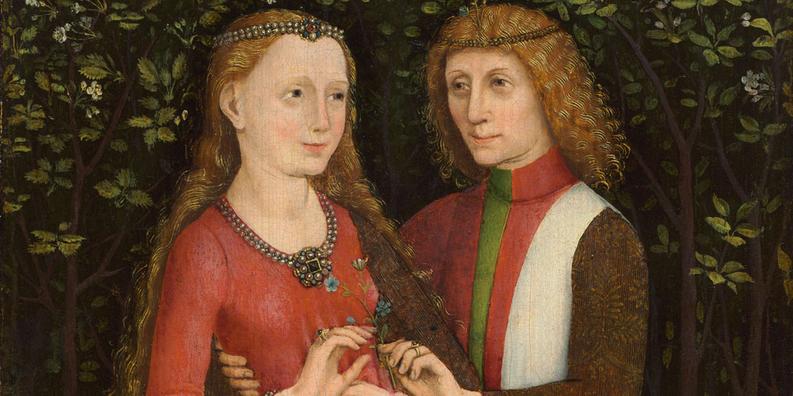
From Stockings to Hose: The Early Middle Ages
Before “pants” as we know them existed, men wore what amounted to really long socks called hose. Originally, these stockings stopped somewhere on the upper leg and were held in place by garters, simple strips or ribbons tied tight. Above the hose, men would wear loincloths, leaving upper thighs bare and unprotected.
The famous illustrations from the Duke of Berry’s manuscript, Les Très Riches Heures vividly show agricultural workers with rolled-down hose and exposed loincloths around 1415. This reveal a practical, no-nonsense approach to legwear for working men.
Bias-Cut Hose: The Secret to a Snug Fit
Without elastic or spandex, achieving a close fit was tricky. Medieval tailors had a clever solution: cutting woven fabric on the bias. That means cutting diagonally across the warp and weft threads of the cloth. This gave hose enough stretchiness to fit snugly without needing elastic—imagine convincing tightly woven fabric to hug your legs like a glove!
This bias cutting explains why medieval hose could be tight and smooth, avoiding the bagginess typical of looser garments. This technique set the stage for later, more refined legwear.
Mid-14th Century: Hose Hits Hip and Grows Up
As men’s upper garments got shorter in the mid-1300s, suddenly hiding your legs (or at least your upper thighs) became vital. Hose evolved to cover the legs completely, extending all the way up to the hips.
These longer hose fastened to the waist of the doublet—a close-fitting jacket-like garment. Laces or ties connected the hose to the doublet’s waistband, keeping everything in place.
However, the front of these hose remained partially open to allow for ease of movement and — let’s be honest — practicality when nature called. This opening was cleverly disguised by a flap attached to the doublet’s waistband: the famous codpiece.
The Codpiece: Utility Meets Fashion
Initially serving as a simple flap or pocket covering the front opening of hose, the codpiece quickly evolved. By the late 15th and early 16th centuries, codpieces bulged and padded out in eye-catching shapes. They became bold fashion statements, exaggerated and decorated to highlight male virility.
Underneath these tight-fitting hose, men sometimes just tucked their shirts between their legs, though many preferred wearing drawers, tiny linen shorts held by drawstrings. This added comfort and modesty under all that fabric.
For a glimpse of this setup, check out the Hours of Charles d’Angouleme — a mid-15th century manuscript that reveals the hose tied to the doublet and the codpiece clearly displayed.
The Great Hose Divide: Upper Hose and Nether Hose
By the late 15th century, hose split into two distinct garments: upper hose and nether hose (also known as lower hose).
- The lower hose acted much like the durable stockings of old, held up by garters just below or above the knee.
- Upper hose covered the thighs and hips, often tailored with varied fullness, from skin-tight fits to more voluminous styles.
- The ever-present codpiece covered the gap between hose pieces for both cover and flair.
This two-piece system added versatility and allowed wearers to mix and match styles and colors, especially among the nobility who loved elaborate fashion.
17th Century Fashion Changes: Bye-Bye, Codpiece
Fashion never stays still. By the start of the 17th century, codpieces disappeared from the menswear scene in fashionable circles. The emphasis shifted to often simpler, more practical breeches.
Breeches hooked or buttoned directly to the doublet’s waist, improving fit and ease. Rather than lacing tied on, metal hooks and buttons made dressing quicker and more secure, a sensible change for restless gentlemen and soldiers alike.
Interestingly, the idea of a front flap returned in the mid-18th century under the name fall. It wasn’t as fancy as the old codpiece and simply buttoned to the waistband, persisting even as breeches lengthened and morphed into modern trousers.
Tudor-Stuart England: A Specific Local Twist
The Tudor and Stuart periods in England had unique styles and terminologies. Hose were mainly stockings rather than simple socks; supported mostly by garters — either fabric ribbons knotted behind or decorative metal bands.
During this era, hose split into netherhosen (stockings) and cannions (covering the upper leg), reflecting evolving tailoring sophistication.
Breeches emerged as longer, slimmer pants originally made for hunting, while trunks — that’s colorful “pumpkin pants” with puffy panes — remained popular older styles. Interestingly, poorer men often stuck to longer skirts and tunics, showing that fashion followed social lines closely.
Visual reminders survive in paintings by Pieter Bruegel the Elder and other artists, illustrating working men wearing hose and skirts around 1568 and 1594.
Practical and Social Notes: What About Women and Sailors?
Women had a different set of challenges. Instead of hose, they layered skirts and sometimes hose beneath, which helped when using chamber pots — an everyday reality in the cramped medieval household!
Sailors sometimes sported striped trousers, secured by belts — a practical choice on rocking decks, not the same fastenings as shore-bound nobility.
Also notable is the disappearance of tunics, replaced by shorter doublets worn with trunks, skirts, or breeches, reflecting shifting modes and practicality.
19th Century Transition: From Breeches to Modern Pants
By the 1800s, the evolution accelerated. Breeches lengthened and hose shortened. Pants as we recognize them today emerged by the 1830s.
Shoes adapted too, becoming boots that covered more of the ankle, complementing longer pants. Underwear grew larger and more functional, setting the stage for modern men’s fashion.
This sartorial revolution echoed the transformation of regency coats into modern suits—a full makeover on how we dress for public life.
Why Should We Care How Medieval Pants Worked?
Understanding medieval pants reveals much about historical culture, technology, and social norms. It’s a story of creativity in the face of limited materials and no stretchy knits. It shows fashion as a powerful communicator of status and identity—even a cheeky way to flaunt manliness through a padded codpiece.
Moreover, the layering and fastening systems offer insights useful for historical reenactors, costumers, and anyone curious about how form follows function over time.
Tips for Modern Medieval Clothing Enthusiasts
- Try bias-cut fabric for a true snug fit when recreating hose.
- Use laces or ties to attach hose to your doublet or belt, mimicking historical fastening.
- Incorporate a removable codpiece for authenticity and a dash of medieval flair.
Have you ever wondered how those elaborate medieval paintings really translated into day-to-day comfort? Knowing these little details makes history wearable and alive.
Summary
Medieval pants, or hose, started as separate stockings attached under loincloths and transformed into full-hip coverings joined to doublets by laces. The codpiece emerged as a practical cover and fashion icon during the late 15th and early 16th centuries. Hose later split into upper and nether parts, paired with various breeches styles. Codpieces vanished in the 17th century as breeches became more secure and simpler to wear. By the 19th century, what we call pants had mostly taken shape.
All of these changes span centuries, reflect social hierarchy, and reveal a rich tapestry of fashion evolution. Quite a journey for something as everyday as pants!


